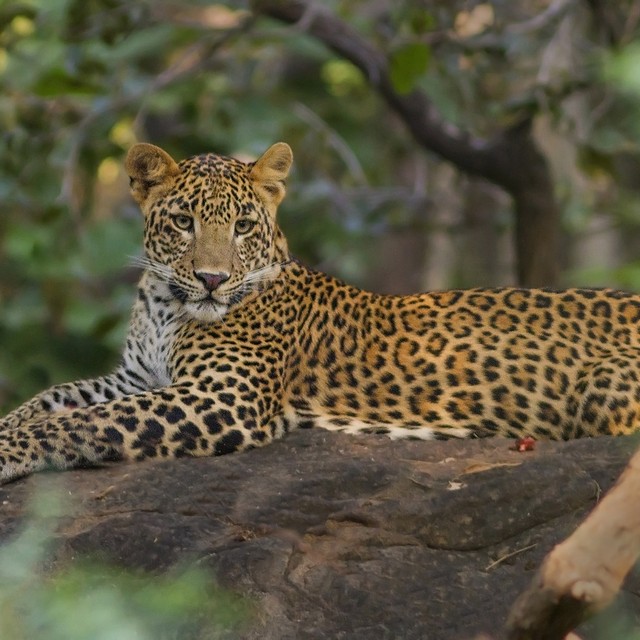
Big Cats of India
India
Wildlife
Track India's tigers, leopards & lions
£0
This is the price per person for a private tour (based on 2 people travelling) excluding international flights. Contact us for pricing for other group sizes including individuals.
13 days
2025:
10 November
More

